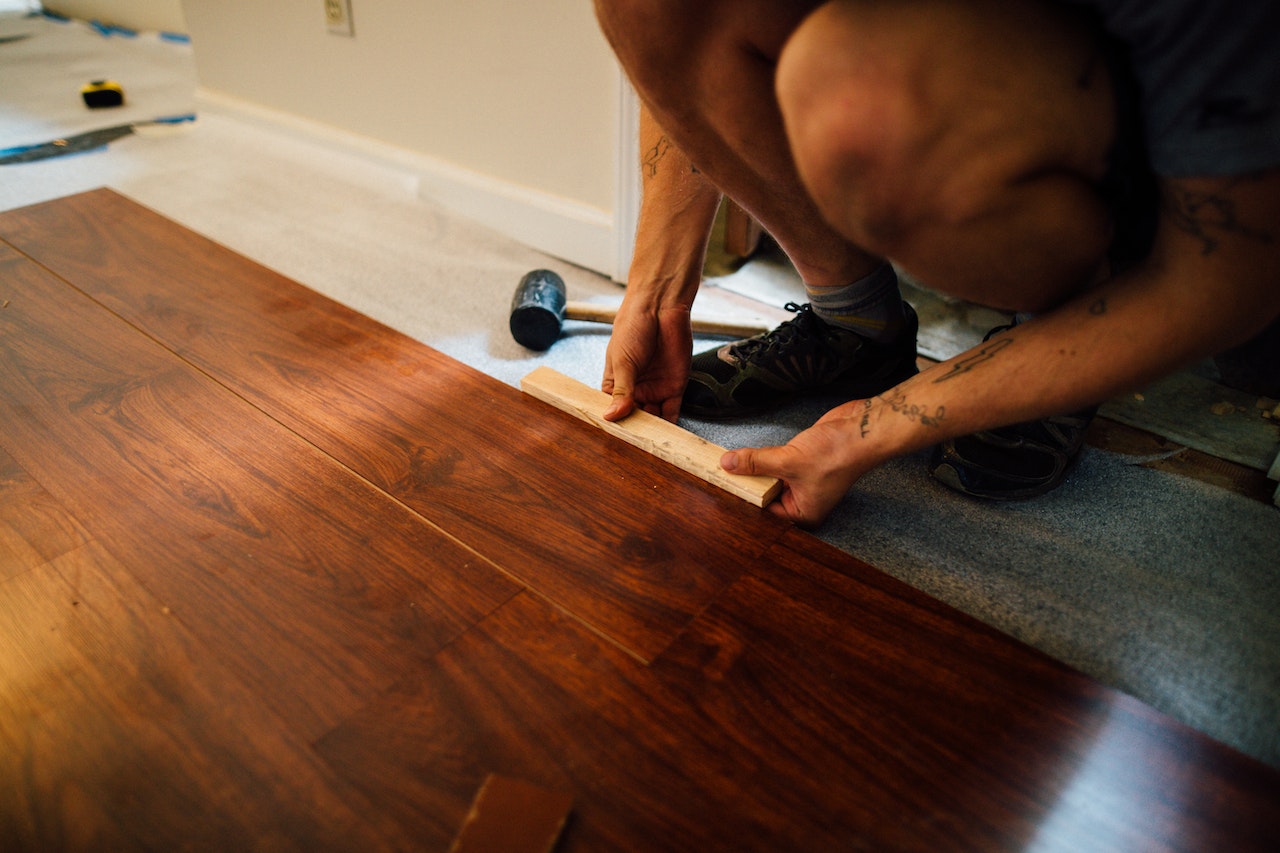Installing vinyl flooring is an integral part of any home renovation project but in some cases. People need to correct some common mistakes when installing vinyl flooring, which can lead to costly repairs or replacements down the line.
Basics Conflict While Preparing for and Installing Vinyl Flooring
Installing vinyl flooring can be a relatively easy and affordable DIY project, but it’s essential to avoid common mistakes that can lead to problems.
Installing vinyl flooring is a popular choice for many homeowners due to its cost-effectiveness, durability, and ease of installation. However, if the installation process isn’t done correctly, it can lead to costly mistakes that can be difficult to fix.
-
Not Preparing the Subfloor Properly
One of the most common mistakes homeowners make when installing vinyl flooring is not preparing the subfloor properly. This can lead to issues such as uneven or buckling flooring or even poor vinyl adhesion.
To avoid these problems, remove existing flooring, fill any cracks or uneven areas with a leveling compound, and ensure that the subfloor is clean and level before installing the vinyl.
-
Not Measuring the Room Correctly
Another common mistake is to measure the room correctly. This can lead to purchasing too little or too much vinyl flooring or making unnecessary cuts that can compromise the look and integrity of the flooring.
To avoid this mistake, measure the length and width of the room and then multiply these numbers to get the square footage. This will help you determine how much vinyl flooring you will need.
-
Using the Wrong Adhesive
Vinyl flooring should be installed using a specific adhesive designed to work with this material. Using a suitable adhesive can lead to good adhesion and even flooring failure.
To avoid this mistake, use the adhesive recommended by the manufacturer of the vinyl flooring you are using.
-
Not Allowing for Expansion
Vinyl flooring is a material sensitive to temperature and humidity changes and needs space to expand and contract. Not allowing for expansion can lead to buckling or warping of the flooring.
To avoid this mistake, leave a gap of about 1/8″ between the wall and the vinyl flooring, and use a flexible trim piece to cover this gap.
-
Skipping the Underlayment
Many homeowners need to pay more attention to the step of laying down an underlayment, thinking it’s an unnecessary step.
However, an underlayment provides a smooth surface for the vinyl to adhere to, helps reduce noise, and provides insulation. Skipping this step can lead to poor adhesion, uneven flooring, or even failure.
Following the tips in this guide, you can avoid mistakes such as not preparing the subfloor properly, not measuring the room correctly, using the wrong adhesive, not allowing for expansion, and skipping the underlayment.
Conclusion:
Installing vinyl flooring can be a relatively easy and affordable DIY project, but it’s essential to avoid common mistakes that can lead to problems. With patience and attention to detail, you can have a beautiful new vinyl floor that will last many years.
It’s worth noting that if you need more confidence in your skills or encounter problems during installation, it’s always a good idea to consult a professional.
They can help you solve any issues and ensure that your new floor is installed correctly. Proper installation and maintenance can help your vinyl flooring last for decades, adding value and comfort to your home.





